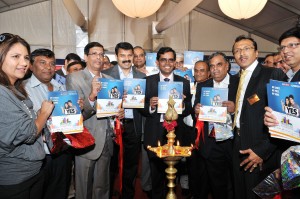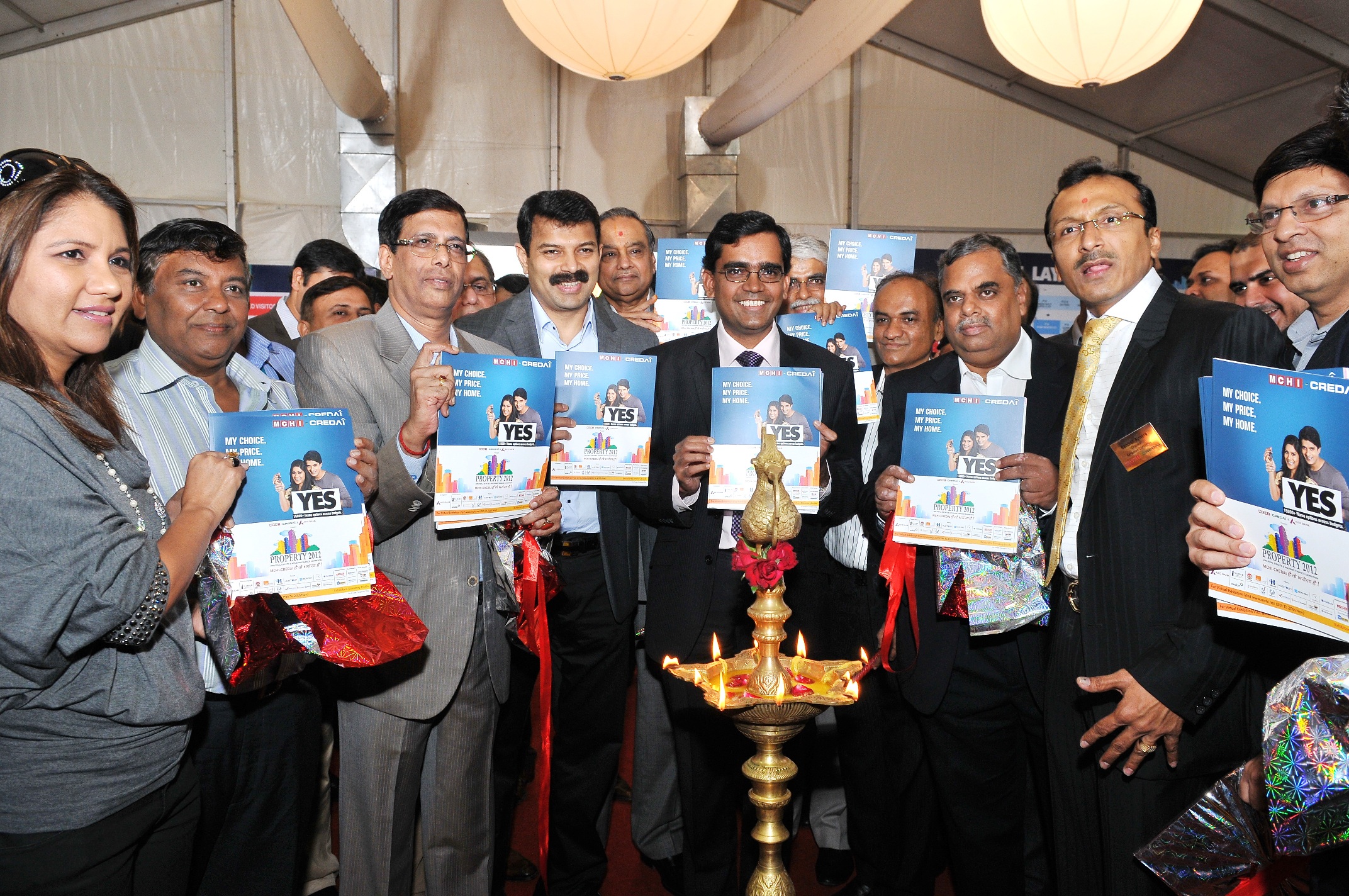 Track2Realty Exclusive: With inventory piling up, interest on debt burden squeezing, all tried & tested marketing mantra failing flat and festive season hardly escalating sales drive; the realtors have suddenly woken up to the reality that their marketing format needs a makeover, if not completely to be thrown out of the window.
Track2Realty Exclusive: With inventory piling up, interest on debt burden squeezing, all tried & tested marketing mantra failing flat and festive season hardly escalating sales drive; the realtors have suddenly woken up to the reality that their marketing format needs a makeover, if not completely to be thrown out of the window.
Track2Realty observes that while developers are in the process of taking the learning from trial & error of last few years, the year ahead will see marketing being evaluated on attracting more of end-users than investors.
Come festivals and it seems the Indian real estate over the years has just changed the dateline of the last festive season. Some developers line up with repetitive freebies such as home furnishings and gold coins, while many others offer cash discounts in a bid to push sales that have slowed down on a year-on-year basis.
However, with the increasing exit of investors in the market tried & tested formula of developers seems to be turning out as trial for error with enough learning for the sector. Hence, most of the real estate companies are now being forced to evaluate their marketing formats to touch base with the end-users since inventory has become a liability for many, especially small and mid-size developers.
Focus has suddenly turned on the inventory rather than new launches. Buyers in the market who are mostly end-users are in no mood to go for the new launches, even if the offer promises discounts, add on or foreign trip in exchange. Many of the developers, it seems, are evaluating their marketing format to take the corrective measures.
Those with the proven timely execution capabilities are experimenting with the 20:80 scheme to beat the slowdown and invoke confidence in the psyche of the buyers. The scheme, also known as the ‘subvention scheme’, is emerging as a popular marketing tool, as the buyer has to pay only 20 per cent upfront, while the remaining 80 per cent is paid at the time of possession. Others are just clueless as to which marketing format will change the project’s fortunes.
Does it mean that the tried and tested marketing format over the years has failed? Shajai Jacob, Head – Marketing, Jones Lang LaSalle India says the type of marketing strategies that Indian developers employ to sell their products in a tough market may often seem strange to property marketers in other countries. Nevertheless, these marketing strategies are based on a deep understanding of their target clienteles, which are as variegated as the Indian real estate market itself.
“In India, the aspirational quotient cannot be under-estimated and can often be capitalized upon. Certain add-on offerings – or ‘freebies’ – often appear to have no logical connection to the actual considerations property buyers would have. However, they in fact address well-researched ‘points of attraction’ within their targeted customer base. This dynamic is especially true in the case of the nouveau riche class of buyers, but can apply equally to customers coming from established wealth,” says Jacob.
Harmit Chawla, Managing Director of HCorp Realty, however, believes marketing strategy is not the panacea to bad project planning or business strategy. The conceptualization of the strategy takes place when a developer is already conceiving the project-be it marketing, sales or finance. According to him these functions or strategies cannot be put in place post the project.
“Marketing is a dynamic process and with changing times and market dynamics there is need to have a relook at the strategies and at times even reinvent marketing strategies being followed. Marketing is an ongoing process and not one that should start or end with the sale of the project. Marketing in real estate has been linked to advertising, primarily print and outdoor which has a limited shelf life. People have resorted to celebrity marketing which barring getting the eyeballs does not bring major cheers to your P&L account. Similarly, celebrity endorsement has only meant beating your own trumpets and not resulted into tangible results,” says Chawla.
…..to be continued





